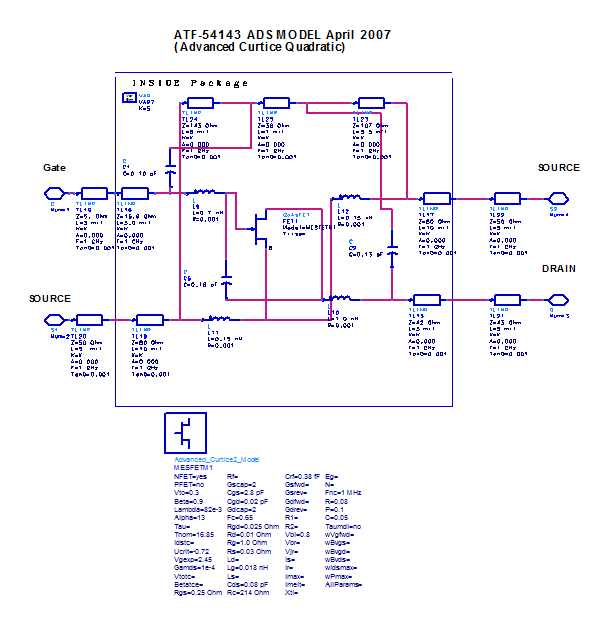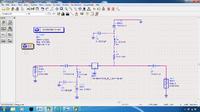btv_murthy
Full Member level 3

- Joined
- Nov 29, 2011
- Messages
- 159
- Helped
- 9
- Reputation
- 18
- Reaction score
- 9
- Trophy points
- 1,298
- Location
- BANGALORE
- Activity points
- 2,719
Dear Sir,
I have designed low noise amplifier at 1.3 GHz , got gain as 16dB and NF as 0.7dB using AWR MICROWAVE OFFICE. Now I want to draw and measure IIP3 ,IM3 and 1dB compression point using AWR MICROWAVE OFFICE. Can you anybody help me to draw and measure IIP3, IM3, P1dB using AWR microwave office.
I have designed low noise amplifier at 1.3 GHz , got gain as 16dB and NF as 0.7dB using AWR MICROWAVE OFFICE. Now I want to draw and measure IIP3 ,IM3 and 1dB compression point using AWR MICROWAVE OFFICE. Can you anybody help me to draw and measure IIP3, IM3, P1dB using AWR microwave office.
Last edited:











 [/url
[/url




